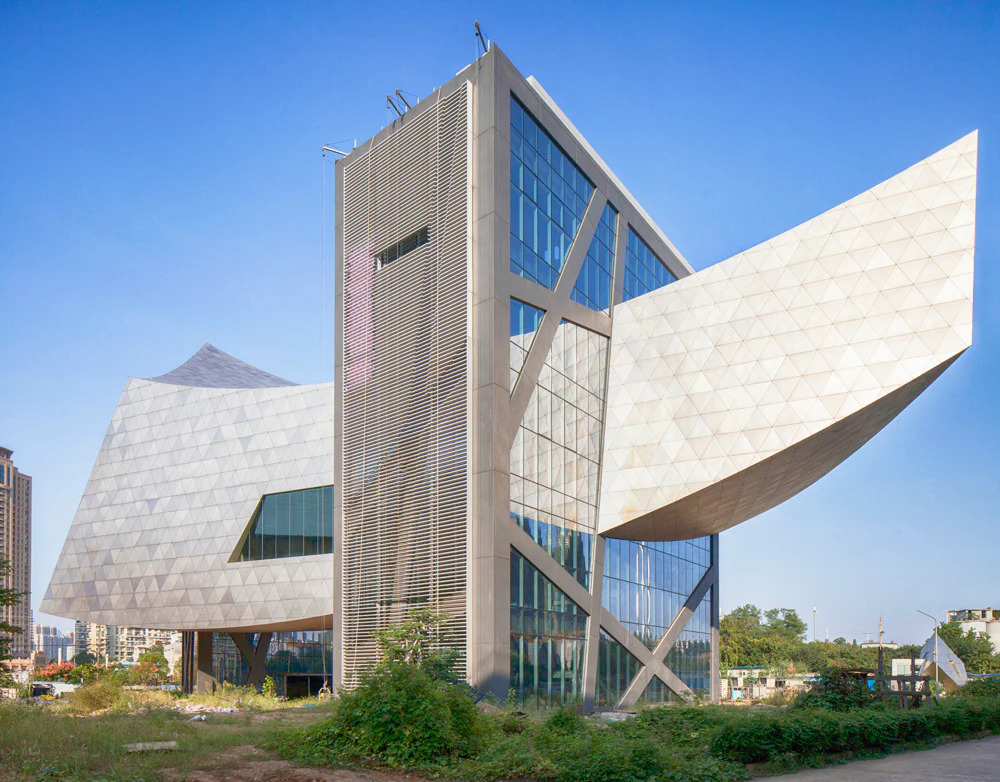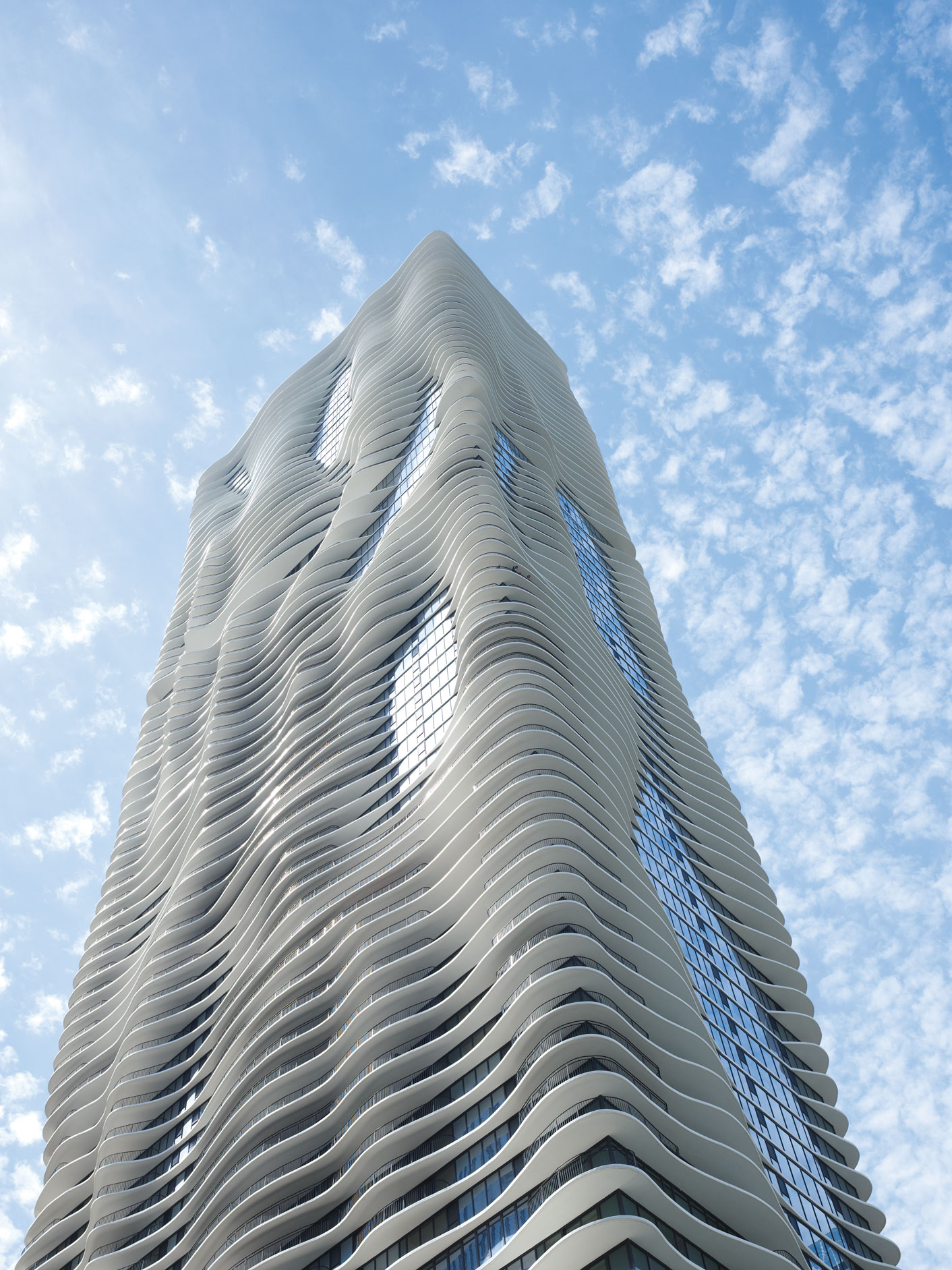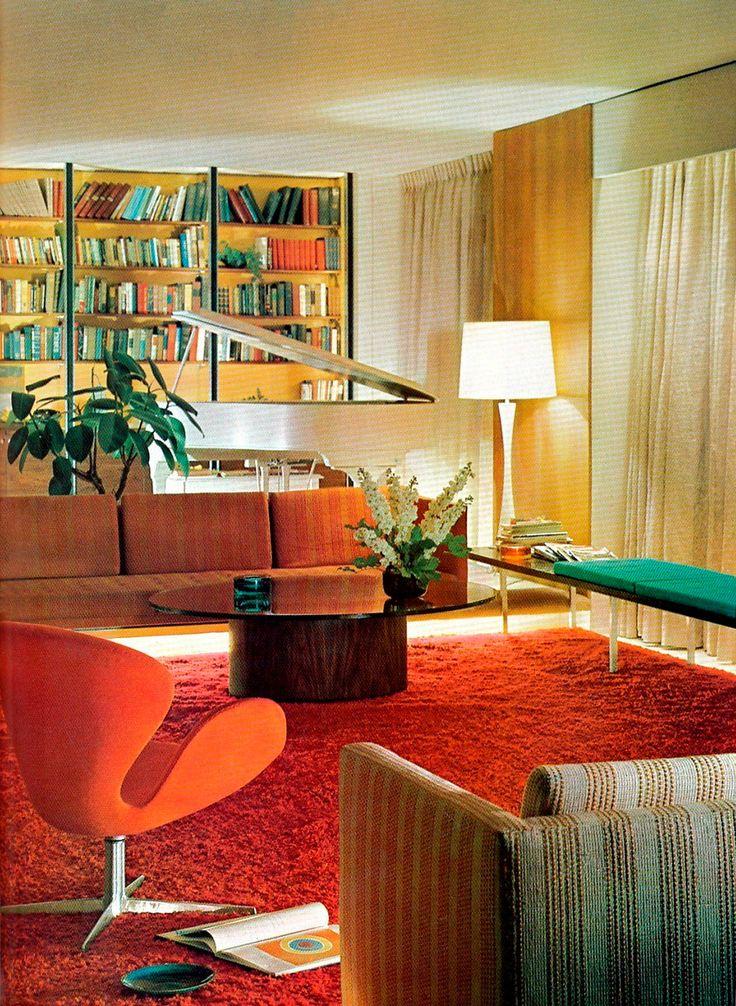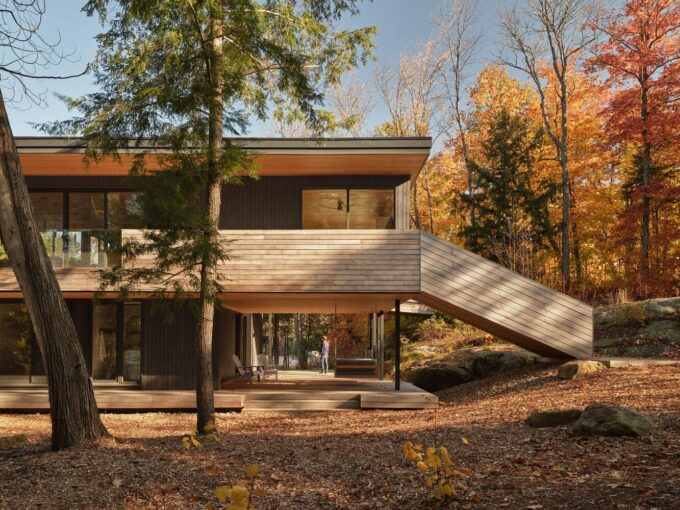- Home
- Articles
- Architectural Portfolio
- Architectral Presentation
- Inspirational Stories
- Architecture News
- Visualization
- BIM Industry
- Facade Design
- Parametric Design
- Career
- Landscape Architecture
- Construction
- Artificial Intelligence
- Sketching
- Design Softwares
- Diagrams
- Writing
- Architectural Tips
- Sustainability
- Courses
- Concept
- Technology
- History & Heritage
- Future of Architecture
- Guides & How-To
- Art & Culture
- Projects
- Interior Design
- Competitions
- Jobs
- Store
- Tools
- More
- Home
- Articles
- Architectural Portfolio
- Architectral Presentation
- Inspirational Stories
- Architecture News
- Visualization
- BIM Industry
- Facade Design
- Parametric Design
- Career
- Landscape Architecture
- Construction
- Artificial Intelligence
- Sketching
- Design Softwares
- Diagrams
- Writing
- Architectural Tips
- Sustainability
- Courses
- Concept
- Technology
- History & Heritage
- Future of Architecture
- Guides & How-To
- Art & Culture
- Projects
- Interior Design
- Competitions
- Jobs
- Store
- Tools
- More

The beautiful confluence of music and architecture is perhaps one of the most intriguing intersections of art and science. Both forms explore rhythm, harmony, proportion, and emotion, creating an enchanting interplay between the audible and the visible. This article delves into the influence of music on structural design and the underlying connections that bind these two worlds.
Table of Contents
Toggle1. Rhythm and Repetition
Rhythm is integral to both music and architecture. In music, rhythm establishes a pattern, a predictable yet powerful flow of notes and pauses that can engage and captivate the listener. In architecture, rhythm can be seen in the repeated use of certain elements like columns, windows, or other structural components. Just as varying rhythms in music can create different moods or emotions, varying the rhythmic patterns in architectural designs can create different visual experiences.
2. Harmony and Balance
Harmony in music refers to the combination of simultaneously sounded musical notes to produce chords and chord progressions that have a pleasing effect. In architecture, harmony is achieved when different elements of a building come together in a coherent and balanced manner. Just as discordant chords can be jarring to the ears, imbalanced or disproportionate architectural features can be visually unsettling.

3. Proportion and Scale
The concept of scales in music is about a series of notes that sound good together. Similarly, in architecture, the idea of scale refers to the size of an object in relation to its surroundings. A building’s proportions, the relationships between its various parts, can resonate in a way that’s reminiscent of musical intervals. The golden ratio, a mathematical concept found in both nature and art, has been used in both music composition and architectural design to create pleasing proportions.
4. Emotion and Atmosphere
Music has the profound ability to evoke emotion, be it joy, sadness, nostalgia, or hope. Similarly, architectural spaces can evoke emotions too, be it awe when looking at a soaring cathedral or tranquility when in a thoughtfully designed garden. The design elements used, be it lighting, space, or materials, play a pivotal role in setting the atmosphere, much like instruments in an orchestra.

5. Innovation and Experimentation
Both musicians and architects often push boundaries, experimenting with new techniques, materials, and forms. Contemporary music often incorporates novel instruments or electronic sounds, just as modern architecture uses new materials and design paradigms to create unique structures. This spirit of innovation ensures that both fields continue to evolve and influence each other.
6. Resonance and Resilience
On a more technical note, architects sometimes turn to principles used in acoustics, the science of sound, to improve the structural resilience of buildings. Resonance, which in music refers to the amplification of sound at a particular frequency, has parallels in architecture where structures have natural frequencies at which they vibrate. Understanding these principles helps architects design buildings that can withstand external forces, such as earthquakes.

The symbiotic relationship between music and architecture extends beyond mere aesthetic parallels. The principles that make a piece of music harmonious, resonant, and emotive can be applied to structural design, making buildings not just functional, but also beautiful and evocative. As we continue to explore and understand this connection, we can look forward to a world where our built environment sings in harmony with the melodies that inspire us.
The fusion of music and architecture is an esoteric niche, but there are several architects and designers who have explored the overlap and interplay between these two disciplines. While not all have directly based their architectural designs on musical principles, they’ve certainly been inspired or influenced by them. Here are a few examples:
- Iannis Xenakis: A trained engineer, architect, and composer, Xenakis is one of the most famous figures in the convergence of music and architecture. He worked with Le Corbusier, one of the most influential architects of the 20th century. For Xenakis, music and architecture were two sides of the same coin. His design for the Philips Pavilion at the 1958 Brussels World Exposition is a classic example of this integration. The pavilion’s design was derived from hyperbolic geometric principles, and the space was conceived as a place for a multimedia presentation involving light and sound.
- Daniel Libeskind: Libeskind, the architect behind the Denver Art Museum and the Jewish Museum in Berlin, is also a professional musician. His design concepts often find inspiration in musical compositions, and he believes in the deep interconnectivity of sound, space, and structure.
- Bernard Tschumi: He has explored the concept of “event-space,” where architecture is experienced in a sequence, almost like a musical or cinematic composition. His design of Parc de la Villette in Paris is a representation of this, where he juxtaposed different spaces to create a landscape that’s experienced sequentially.
- Julian Treasure: While not an architect, Treasure’s research on soundscapes and their impact on humans has been influential. He has talked extensively about how architectural acoustics and sound design can deeply influence the wellbeing and productivity of people.
While these architects and researchers may not have exclusively dedicated their works to the union of music and architecture, their designs and studies certainly underscore the profound influence music can have on architectural principles and vice versa. The continued interdisciplinary exploration promises to yield even more fascinating confluences in the future.

Submit your architectural projects
Follow these steps for submission your project. Submission FormLatest Posts
The Ultimate Guide to Fencing in North Dakota: Choosing the Best Fence for Your Property
Watching a chain link fence twist in 70 mph winds near Minot...
Gaudí: Where Architecture Meets Science
Gaudí: Where Architecture Meets Science shows catenary arches, ruled surfaces, and biomimicry...
How Housing Market Forces Shape Architectural Design Today
Architecture never exists in isolation. Buildings rise from a mix of ambition,...
Why Portable Formaldehyde Gas Detectors Matter on Construction Sites
As construction practices shift toward more enclosed and material-intensive environments, the risk...












Leave a comment